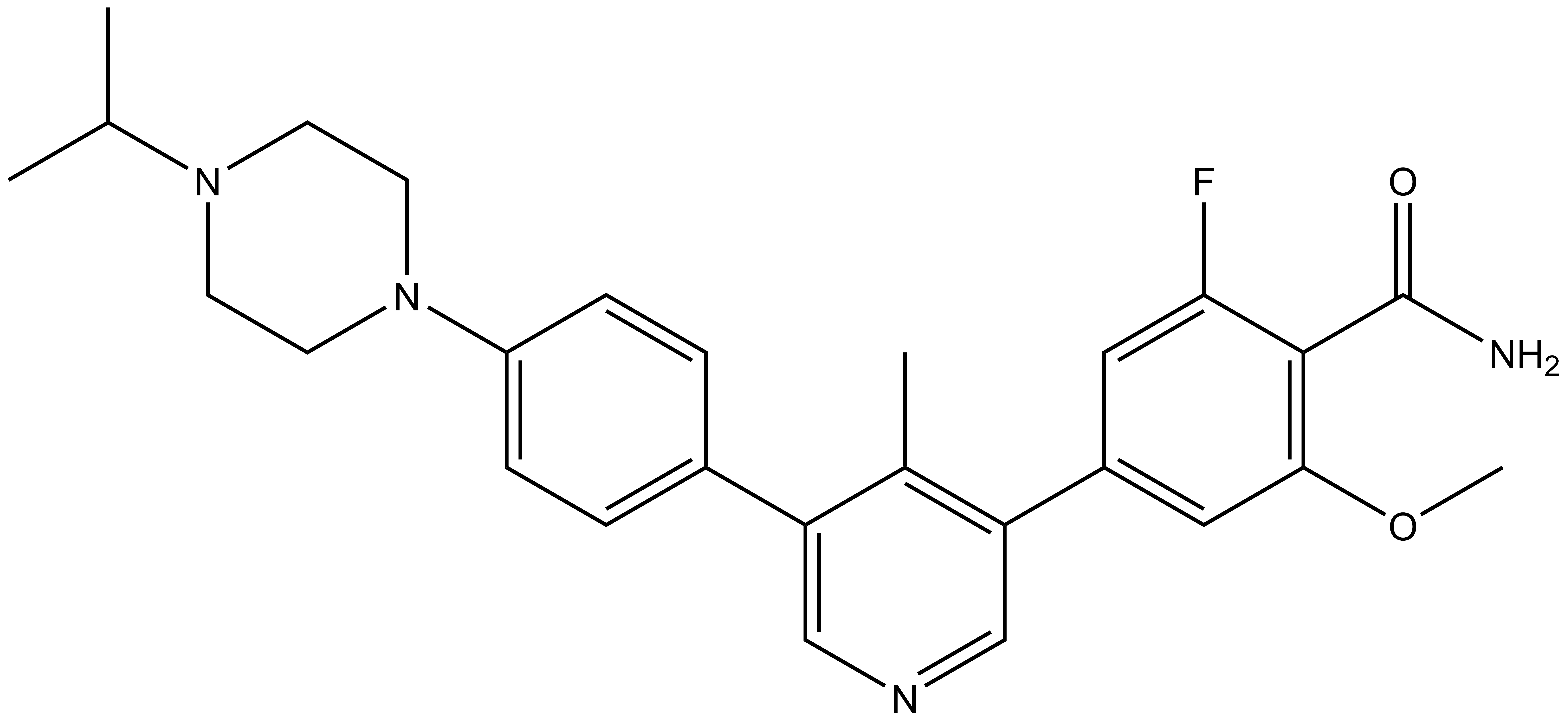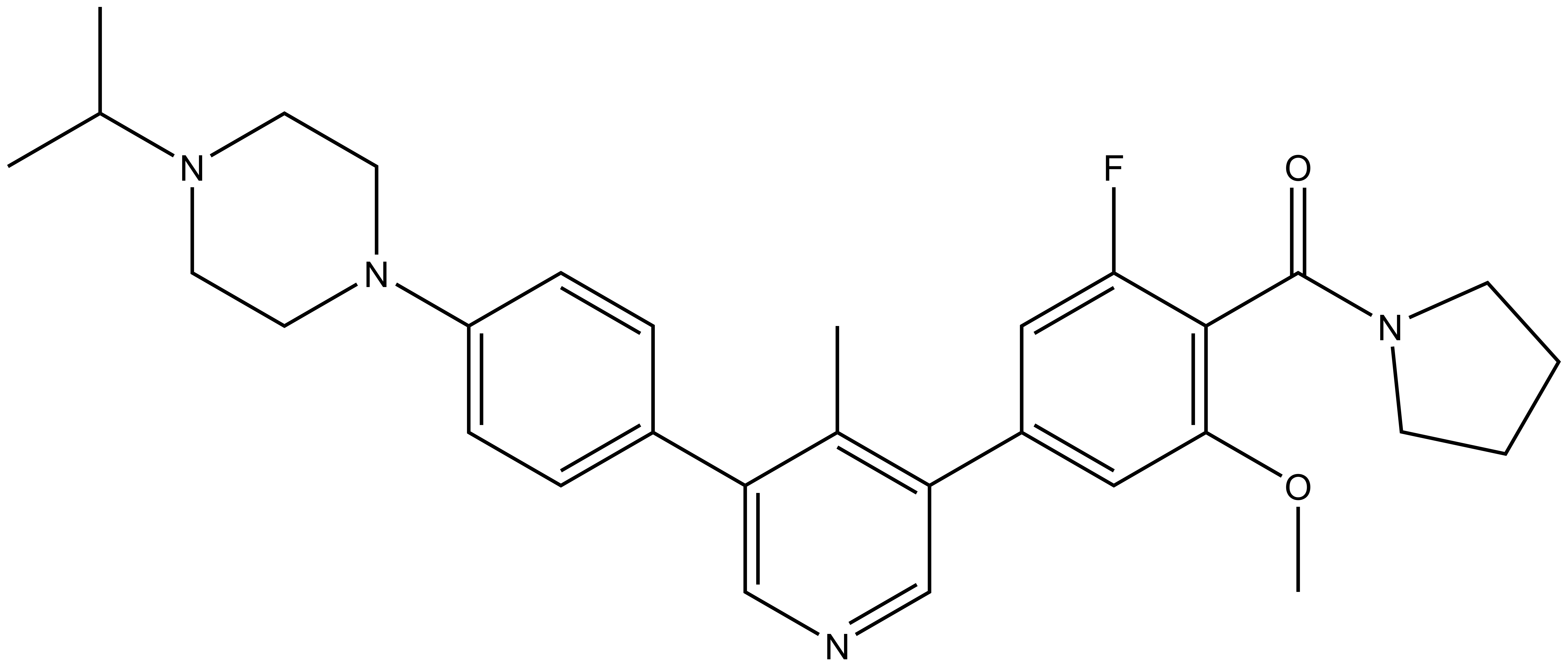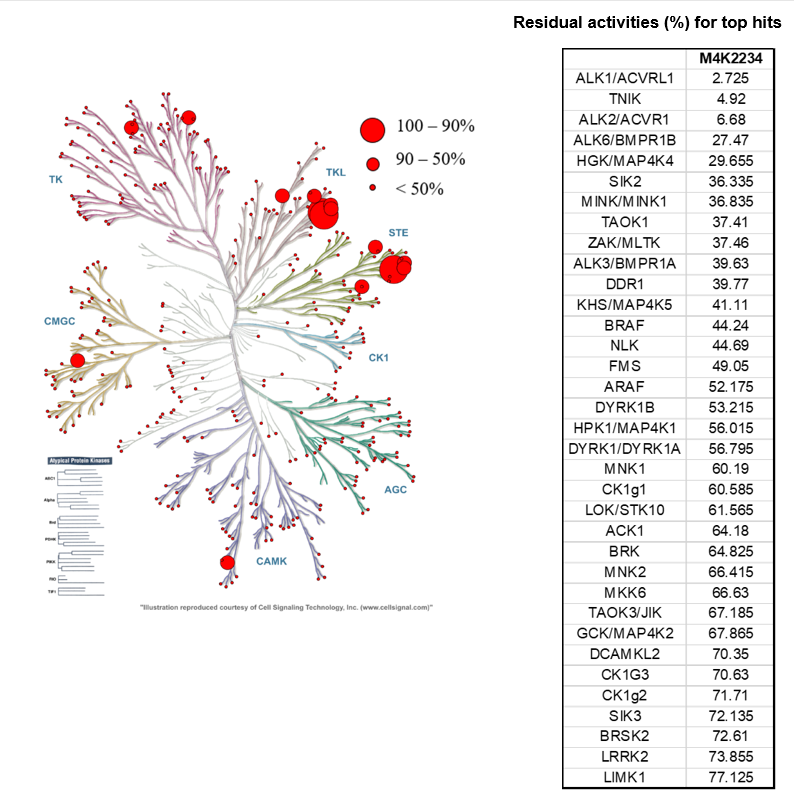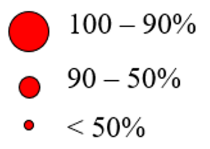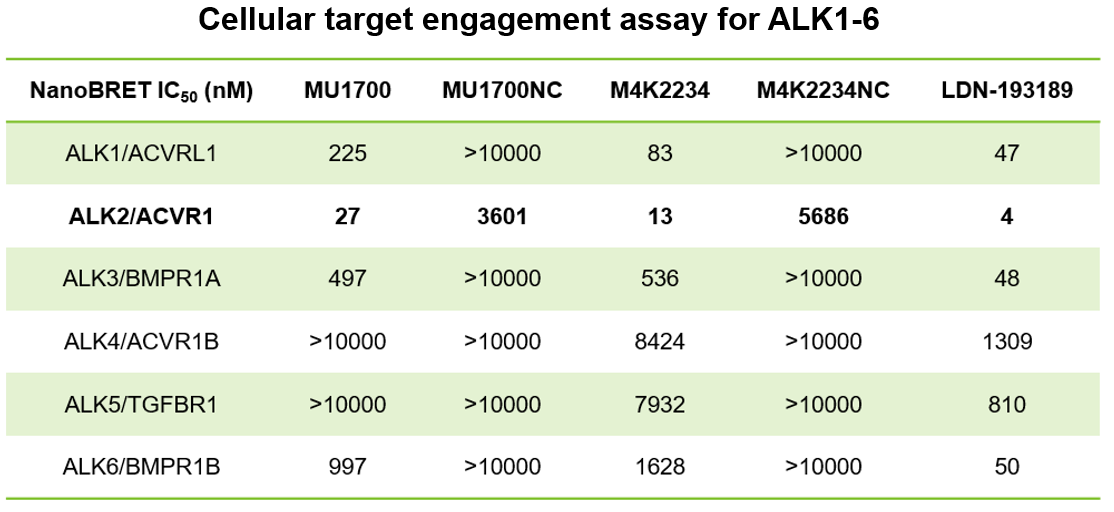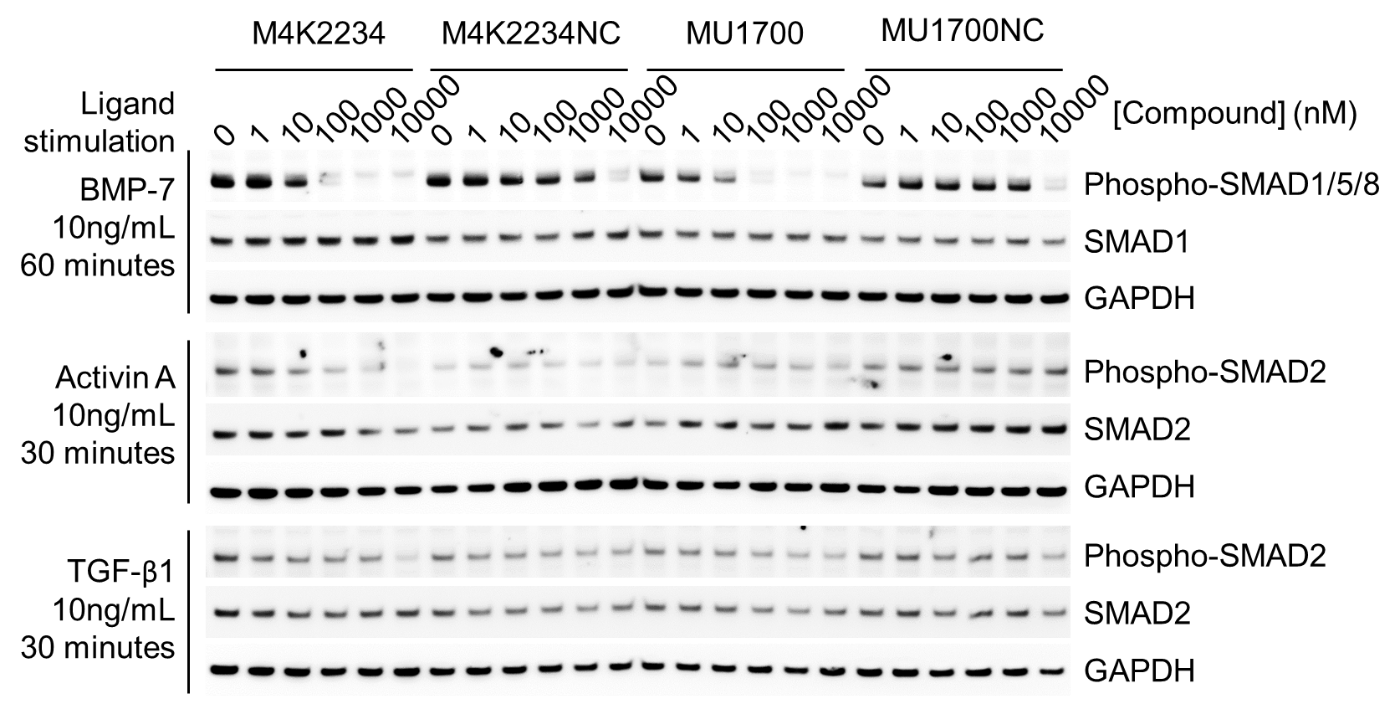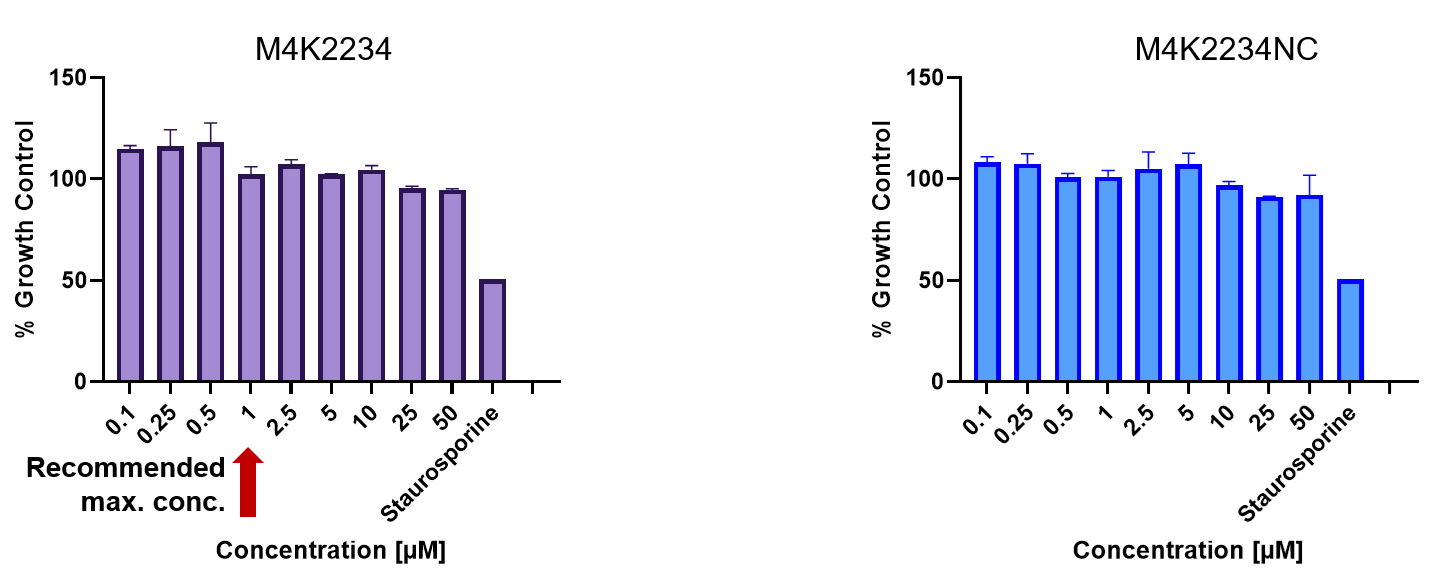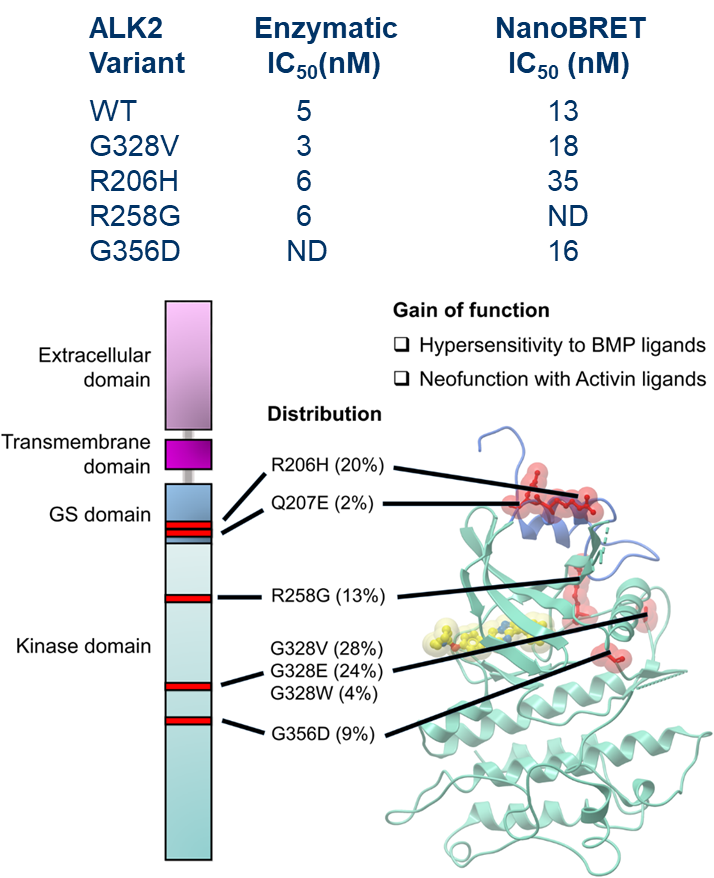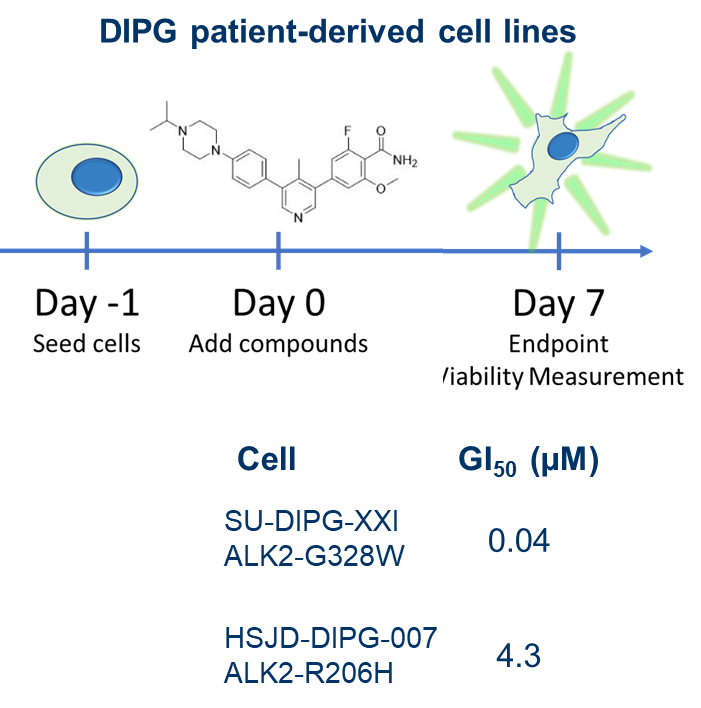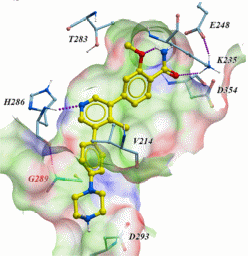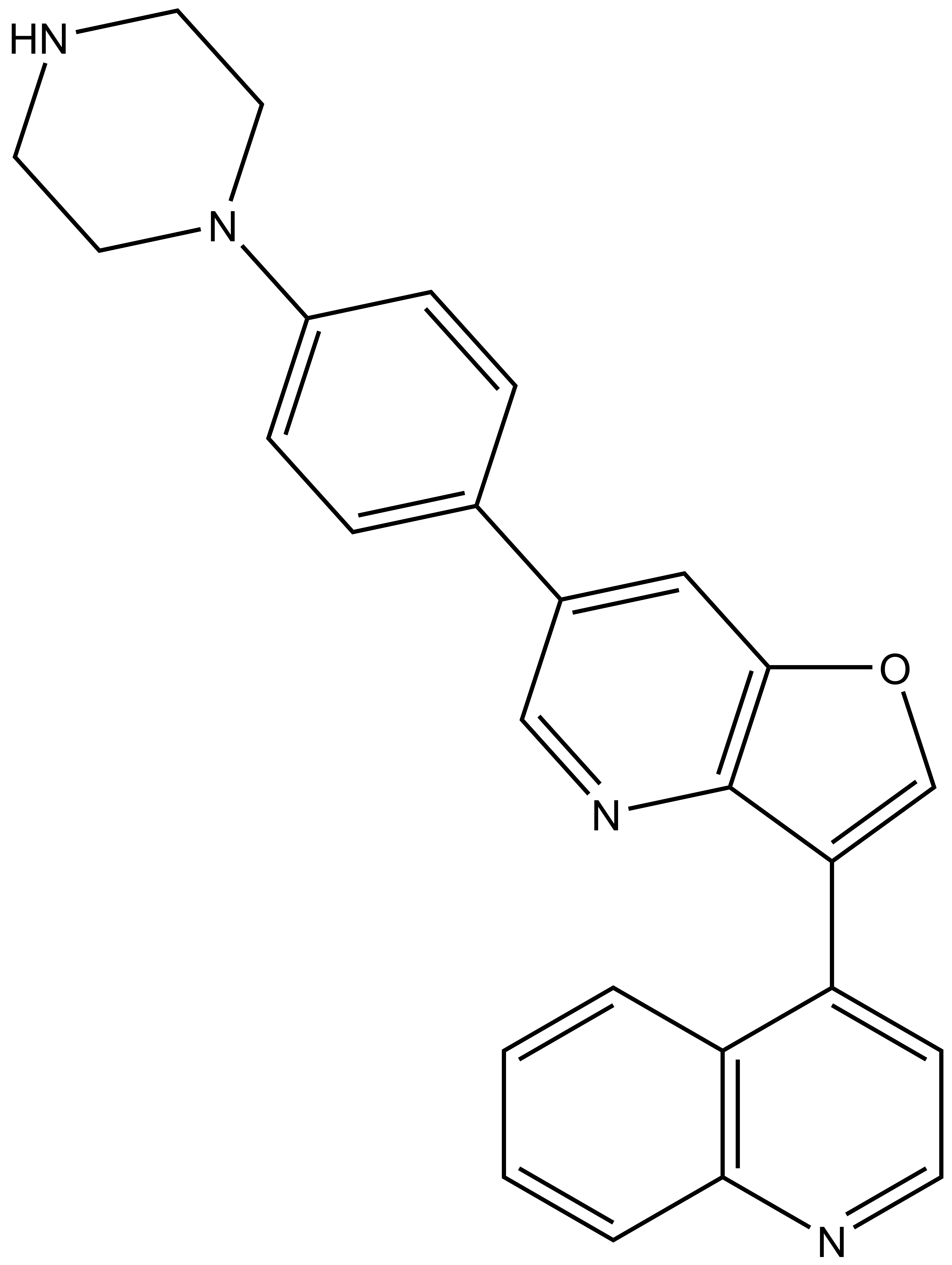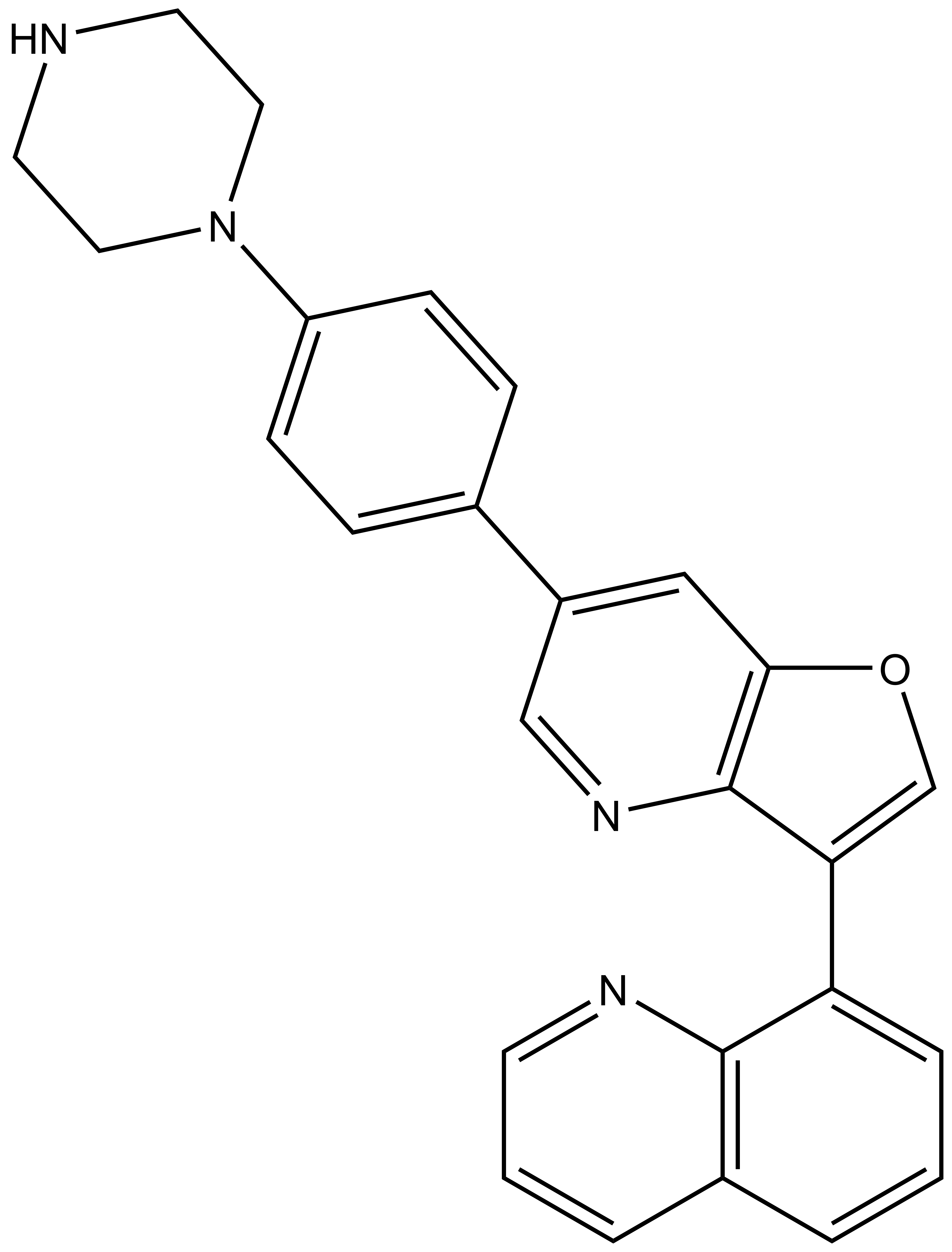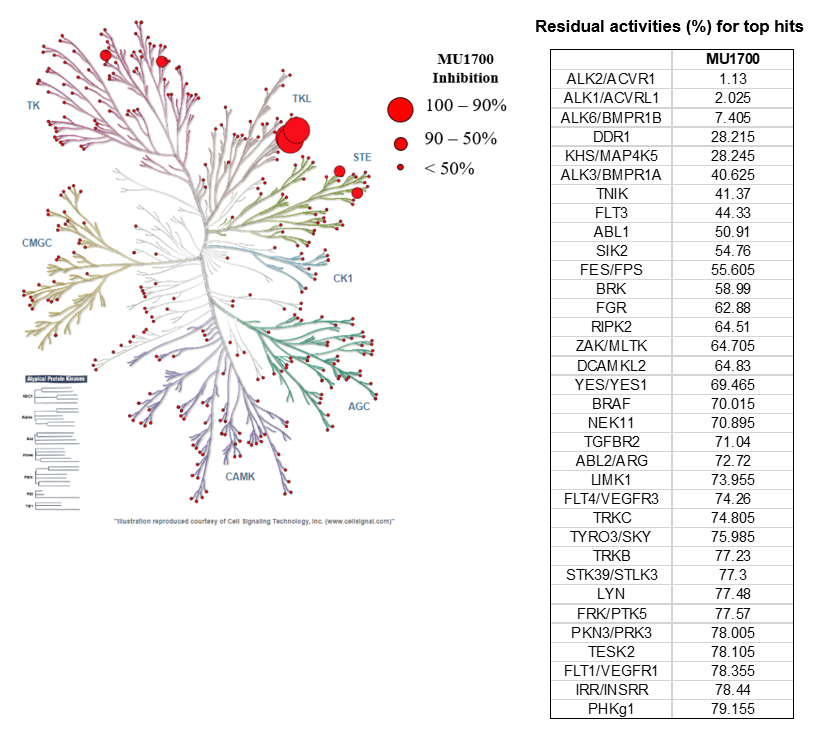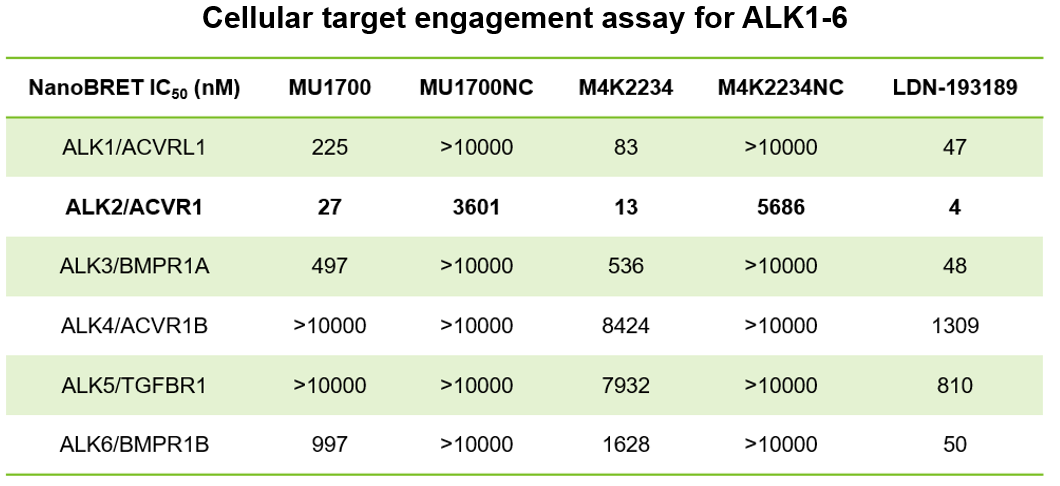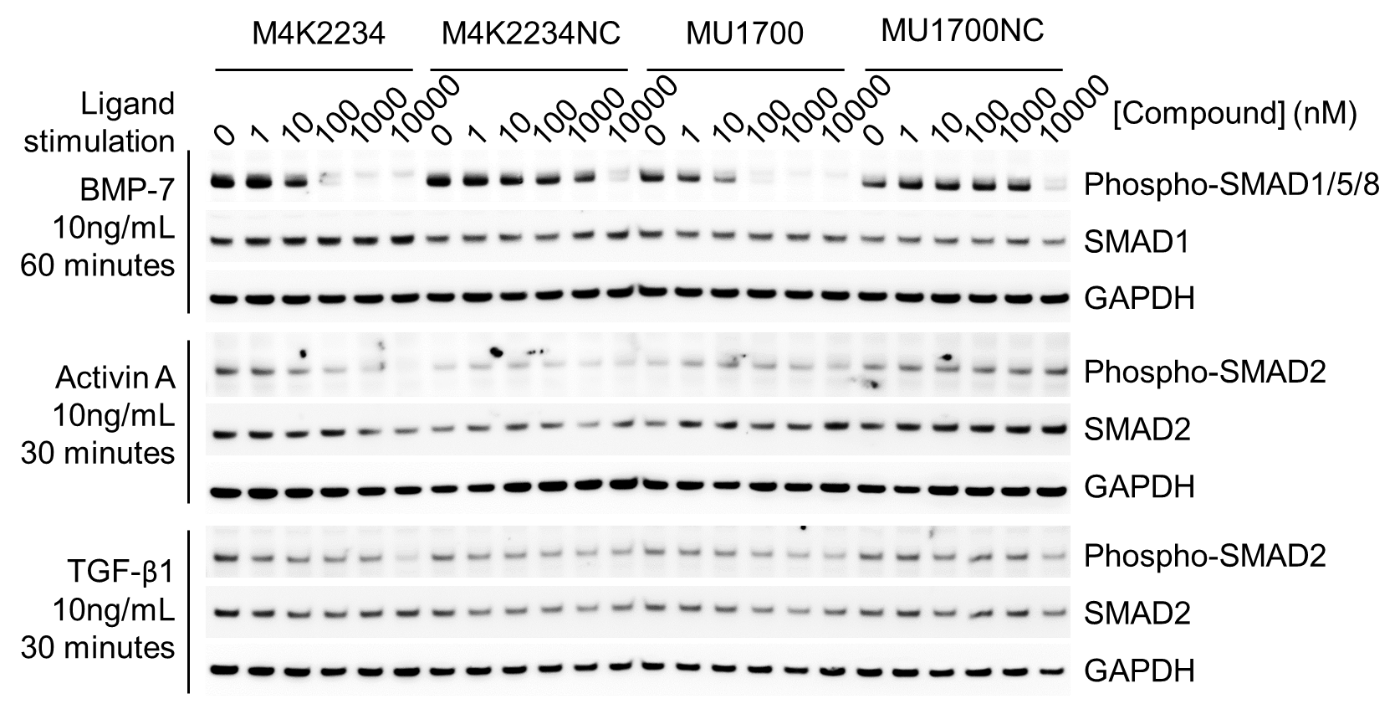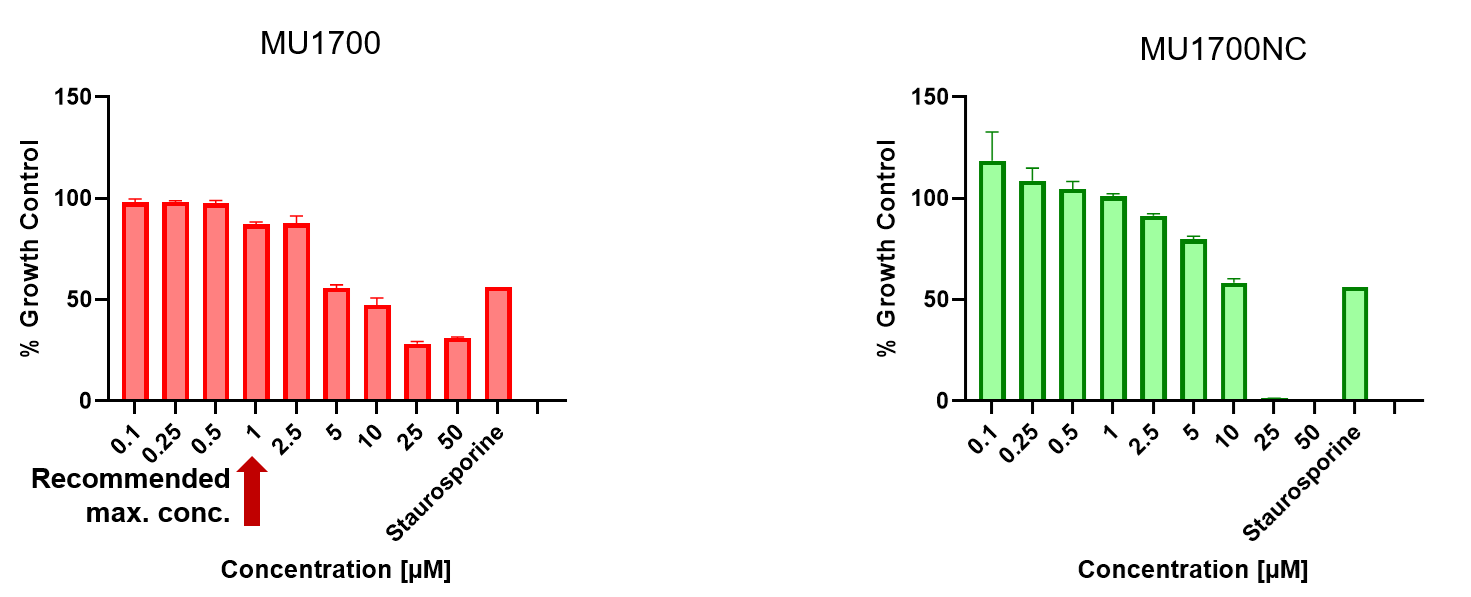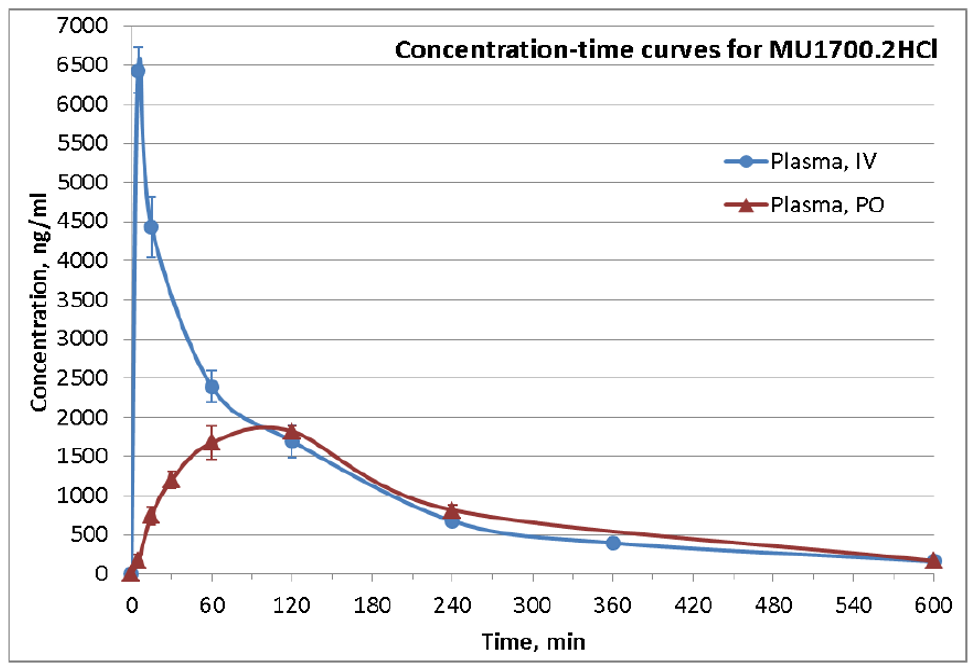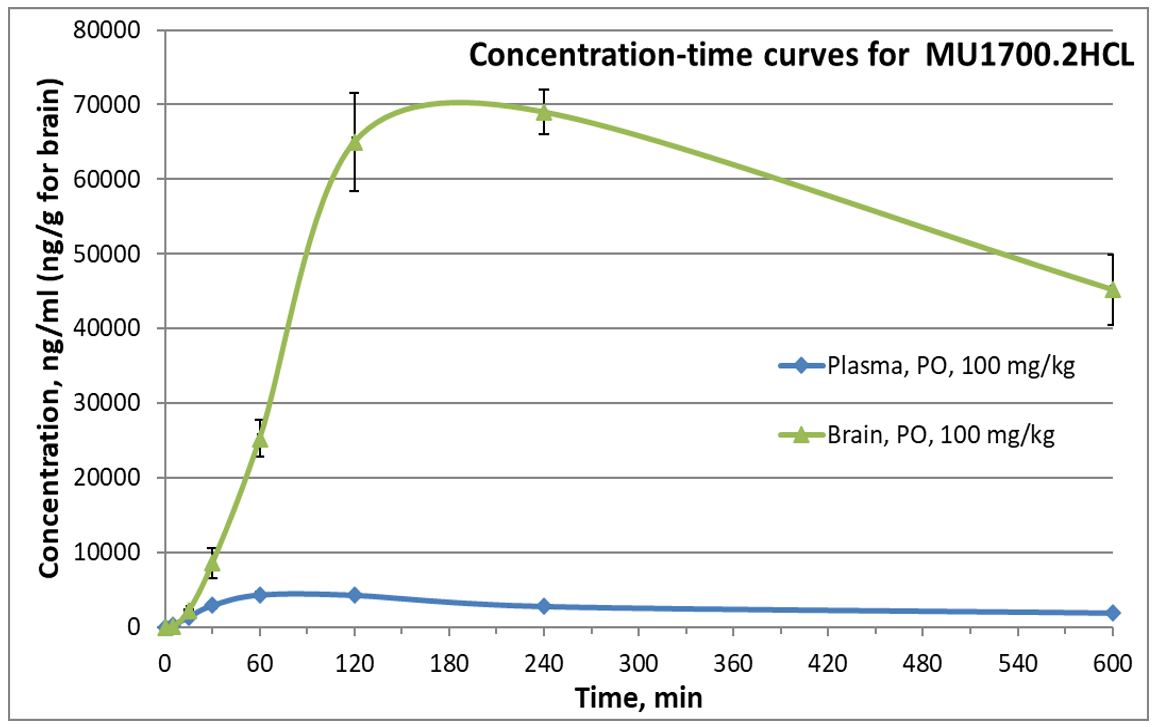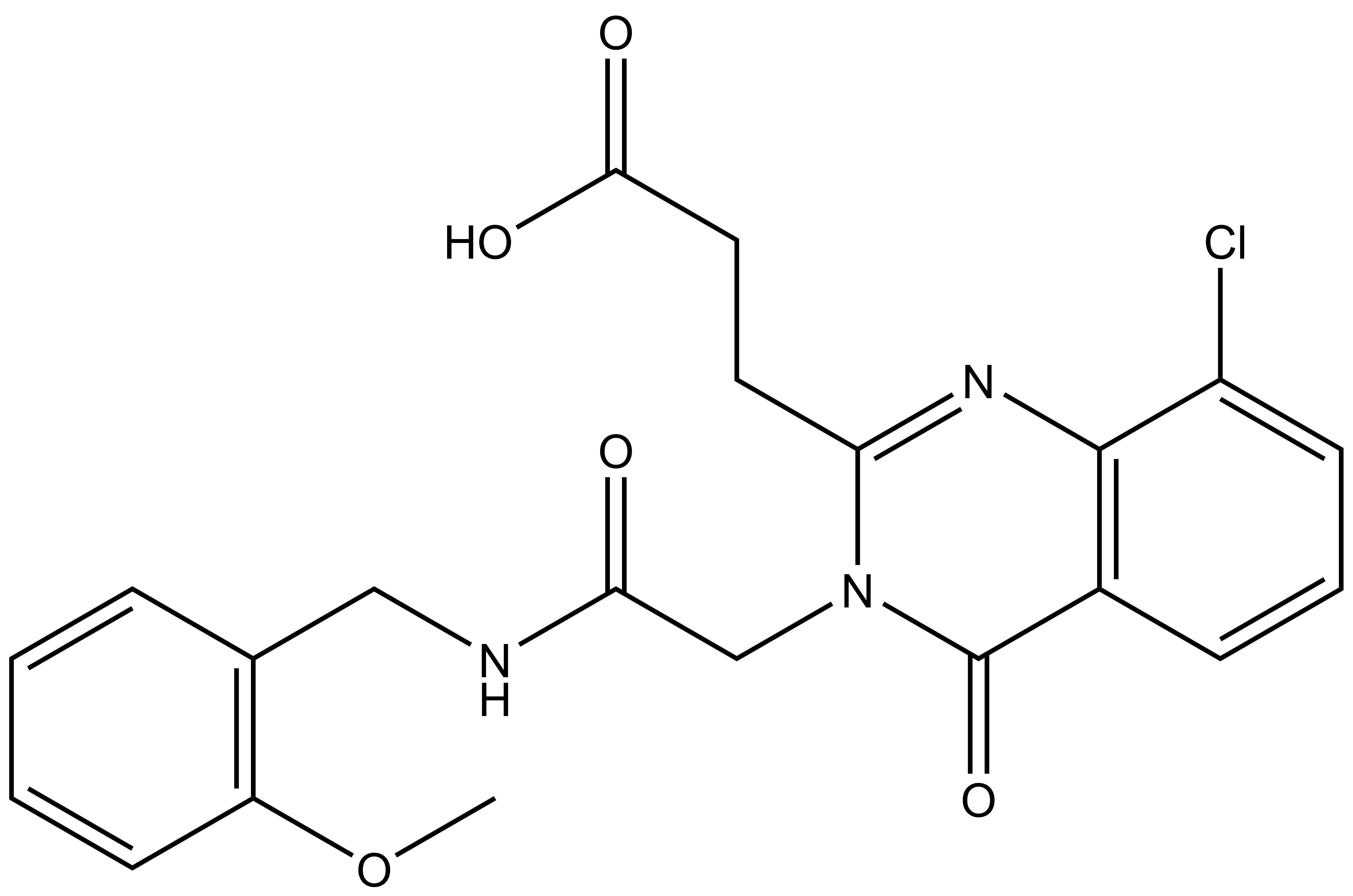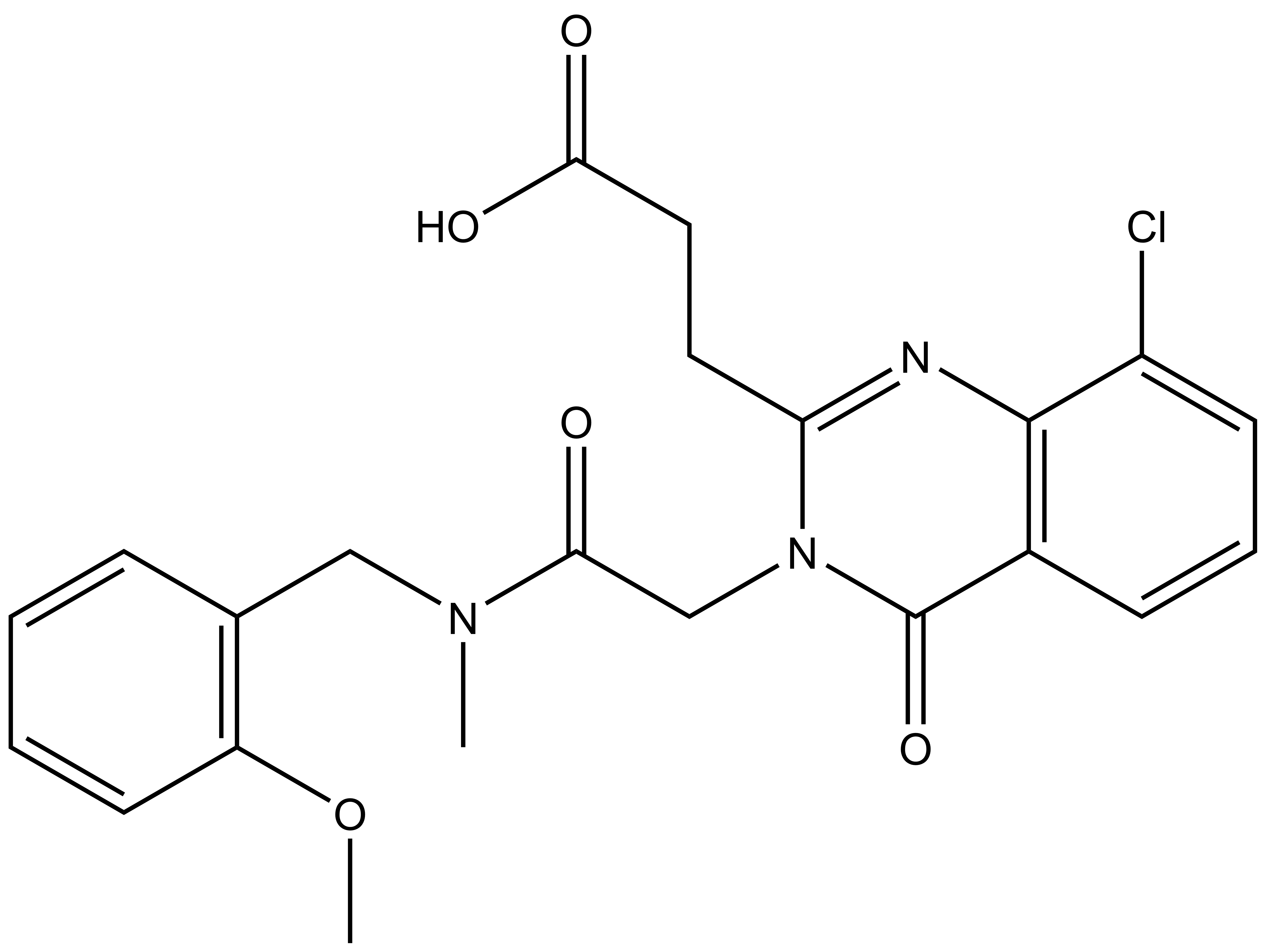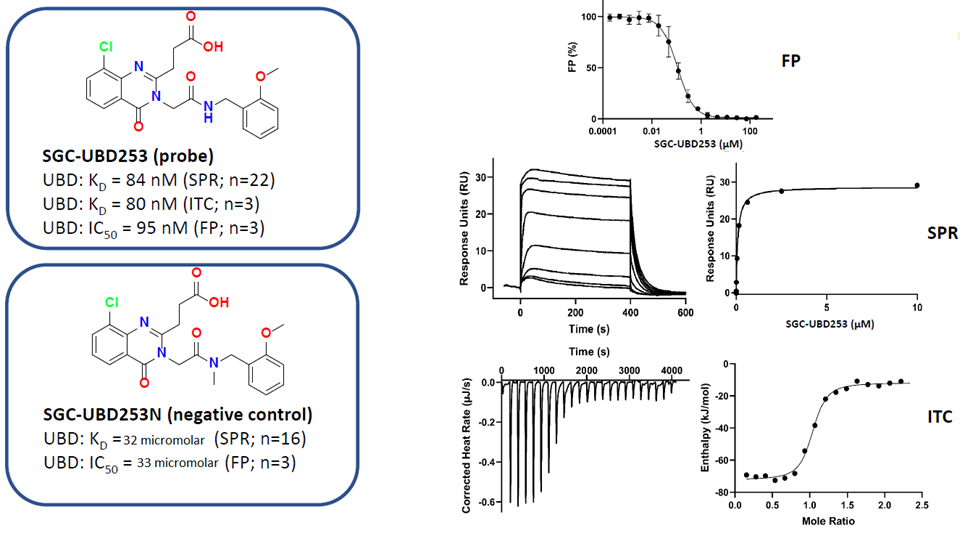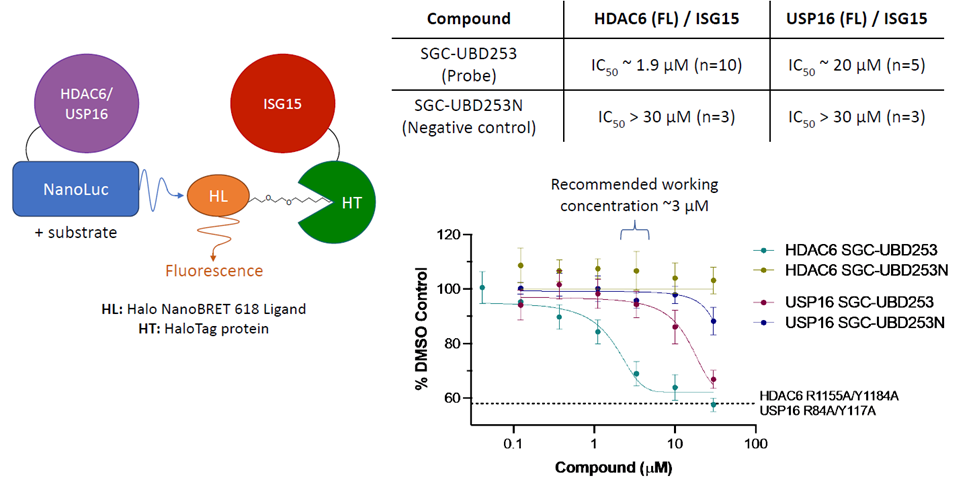1. Cao, H. et al. Differential kinase activity of ACVR1 G328V and R206H mutations with implications to possible TβRI cross-talk in diffuse intrinsic pontine glioma. Sci Rep 10, 6140 (2020).
2. Schmierer, B. & Hill, C. S. TGFβ–SMAD signal transduction: molecular specificity and functional flexibility. Nat Rev Mol Cell Biol 8, 970–982 (2007).
3. Chaikuad, A. et al. Structure of the Bone Morphogenetic Protein Receptor ALK2 and Implications for Fibrodysplasia Ossificans Progressiva. Journal of Biological Chemistry 287, 36990–36998 (2012).
4. Sekimata, K., Sato, T. & Sakai, N. ALK2: A Therapeutic Target for Fibrodysplasia Ossificans Progressiva and Diffuse Intrinsic Pontine Glioma. Chem. Pharm. Bull. 68, 194–200 (2020).
5. Eixarch, H., Calvo-Barreiro, L., Montalban, X. & Espejo, C. Bone morphogenetic proteins in multiple sclerosis: Role in neuroinflammation. Brain, Behavior, and Immunity 68, 1–10 (2018).
6. Sotiropoulos, M. G. & Chitnis, T. Opposing and potentially antagonistic effects of BMP and TGF-β in multiple sclerosis: The “Yin and Yang” of neuro-immune Signaling. Journal of Neuroimmunology 347, 577358 (2020).

